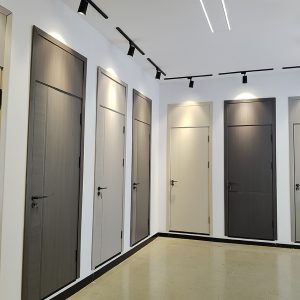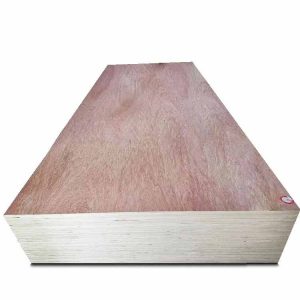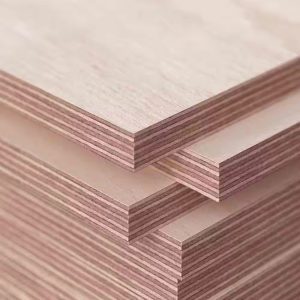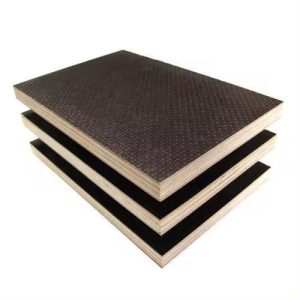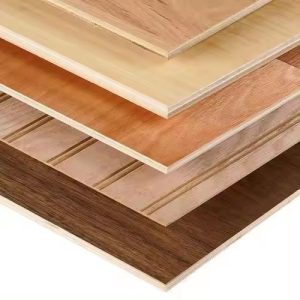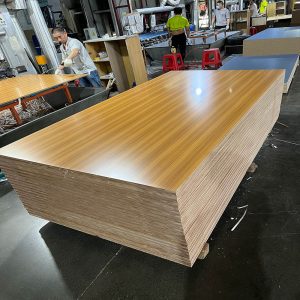**Can You Put Plywood Over Plywood On Roof? Exploring the Layering Possibilities for Durable Roofing**
When it comes to roofing, choosing the right materials is crucial. While R panels have gained popularity in recent years, many still prefer the traditional use of plywood for roofing. However, a common question that arises is whether one can layer plywood over another on the roof. This article delves into the topic, examining the feasibility and best practices associated with this approach.
Plywood, known for its strength and versatility, has been a go-to material for sheathing in residential and commercial constructions. Its durability and ability to withstand harsh elements make it an ideal choice for roofing as well. The thickness and quality of plywood used for roofing are vital factors to consider, ensuring it can bear the weight and stress of the roof structure. Understanding these basics sets the foundation for exploring the option of layering plywood sheets.

The concept of adding a layer of plywood over an existing one might seem counterintuitive at first. Yet, it’s a strategy employed by builders and roofers under certain circumstances. One primary reason could be to reinforce weaker spots or areas requiring additional support due to structural changes or damage. In such cases, placing a new layer of plywood can provide the extra rigidity needed.
However, it’s essential to note that not all types of plywood are suitable for this purpose. For instance, using CDX plywood, which is commonly used for interior applications, might not offer the required water resistance for exterior uses, especially when exposed directly to the elements. Thus, selecting the appropriate type of plywood, like OSB (oriented strand board) or T&G (tongue and groove) plywood specifically designed for roofing, becomes critical.

Another crucial aspect is proper installation. Simply laying one sheet of plywood over another without adequate fastening methods could lead to instability and potential leaks. The layers must be securely attached to the roof deck using appropriate fasteners, ensuring there’s no space between them where water could pool or seep through. Additionally, considering the increased weight, the underlying roof structure must be evaluated to ensure it can support the extra load without compromising the integrity of the building.
While layering plywood might seem like a cost-effective solution, it’s also important to evaluate long-term implications. A thicker roofing base might affect the roof’s overall aesthetics and potentially increase costs due to additional materials and labor involved. Moreover, if not done correctly, it could compromise the roof’s weather resistance.

In conclusion, layering plywood over another layer on a roof is feasible but should be approached with caution. It requires careful selection of suitable plywood types, meticulous installation techniques, and consideration of both immediate and long-term implications. Seeking advice from professionals and adhering to building codes and standards is always recommended to ensure safety and longevity of the roofing structure.


